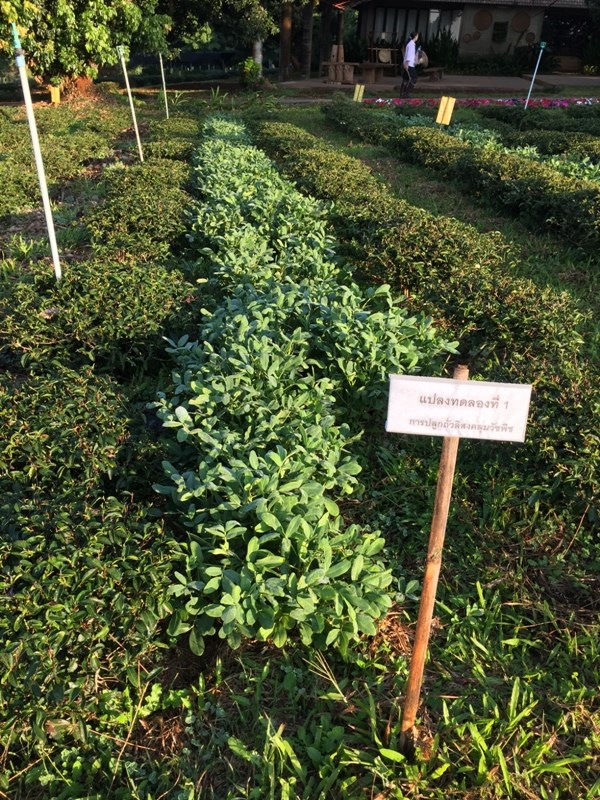3. Use the real natural weed control methods
One of the general weed management techniques is cutting which is costly, and resulting in the
high cost of production. Another technique which is called “no sunlight, no weed” is to let tea
trees grow laterally to protect the soil from direct sun exposure. This technique, however, causes
fungal disease at the tea shoots which will spread into tea stems as well as it branches. Tea
quality thus decreases due to the spread of fungal disease that steals nutrients from tea plants.
Followings are the 5 methods that have been implementing at Doi Chang Tea plantation
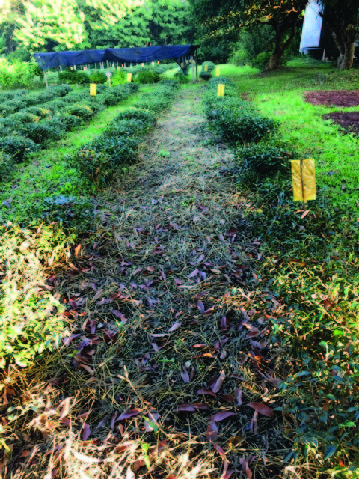
3.1 Use dried organic mulch or
torpedo grass as groundcovers to block
sunlight from reaching the ground.
These groundcovers will become
natural fertilizers afterwards.
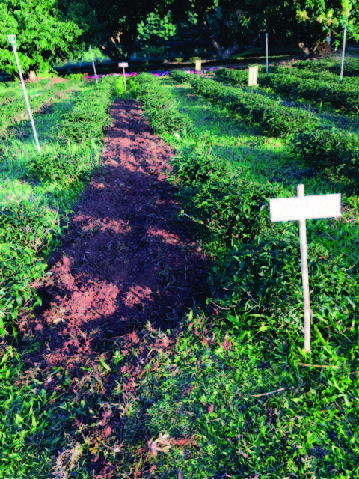
3.2 Loosen the soil to increase oxygen
level to the soil and to the roots of tea
plants
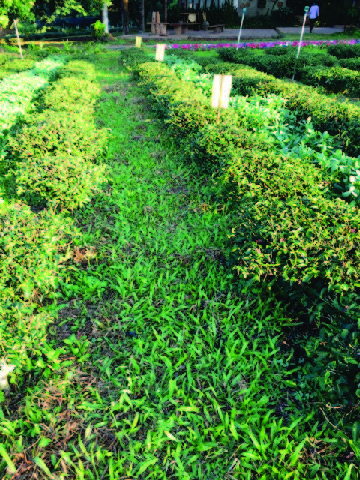
3.3 After soil loosening, plant local
grass to prevent weeds from sprouting,
and to use it as groundcover. When
grass grows (which takes more time
than weed), cut off grass seedlings that
will eventually become natural
fertilizers.
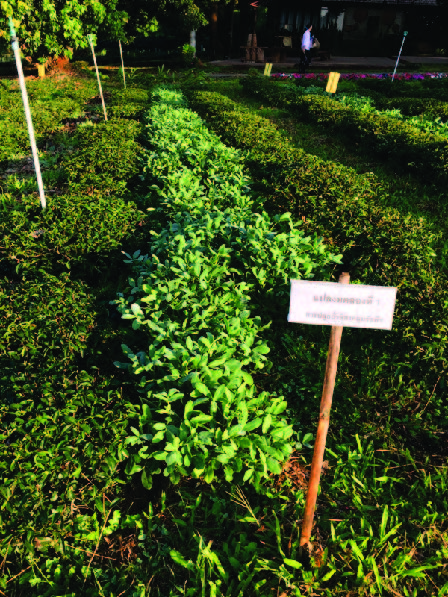
3.4 Plant groundnuts and prepare to
do the in-situ fertilizing system, a profit
by-product of tea plant fertilization
and a very effective cost saving
technique
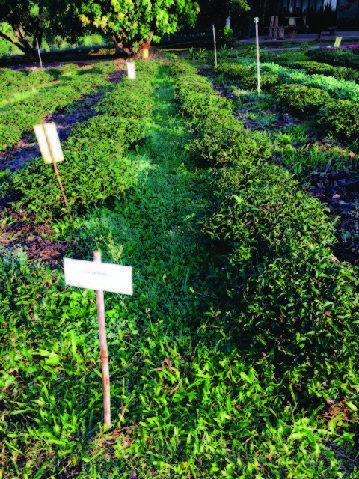
3.5 After soil loosening, plant Brazil
bean (Arachis pintoi) as a permanent
groundcover. This is one of the very
effective methods in preventing weed
growth. Brazil bean also helps taking
nitrogen from the air and fix it into the
soil.
PROFIT BY-PRODUCT: THE INCREASE OF HIGH ANTIOXIDANT VALUES
Having conducted an experiment by mixing local herbs into our natural
fertilizer to naturally repel pests, we have noticed that our tea leaves
looked remarkably healthy. Following the quality testing of our fresh tea
leaves, it was reported that the antioxidant values have increased from
138,000 UmolTrolox/100 grams to 484,082 UmolTrolox/100 grams within 7
years. An increasing by 3 times as much to prevent our tea drinkers from
diseases!



